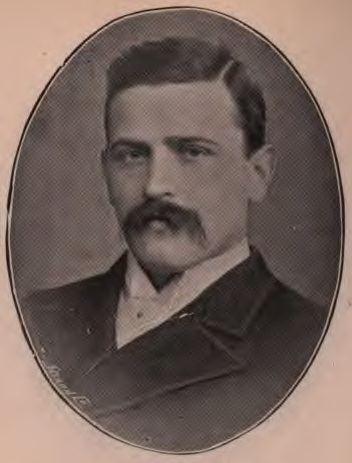County Suffolk Type of constituency Borough constituency Number of members 1 | Major settlement Eye | |
 | ||
Replaced by | ||
Eye was a parliamentary constituency represented in the House of Commons of the Parliament of the United Kingdom. It elected two Members of Parliament (MPs) by the bloc vote system of election. The Reform Act 1832 reduced its representation to one MP, elected by the first past the post system.
Contents
The parliamentary borough of Eye was abolished under the Redistribution of Seats Act 1885, and replaced with a new county division of the same name, which lasted until 1983 when most of it became part of the Central Suffolk constituency. Its main claim to fame was that it was the smallest town to have a parliamentary constituency named after it as the town of Eye had only approximately 1500 voters in 1981. It had been a Liberal seat until 1950 after which it became a safe Conservative seat.
Boundaries
1885-1918: The Municipal Borough of Eye, the Sessional Divisions of Framlingham, Hartismere, and Hoxne, and part of the Sessional Division of Blything.
1918-1950: The Municipal Borough of Eye, the Urban Districts of Halesworth, Leiston-cum-Sizewell, Saxmundham, and Stowmarket, the Rural Districts of East Stow, Hartismere, and Hoxne, and parts of the Rural Districts of Blything and Plomesgate.
1950-1983: The Municipal Boroughs of Aldeburgh and Eye, the Urban Districts of Leiston-cum-Sizewell, Saxmundham, and Stowmarket, the Rural Districts of Blyth, Gipping, and Hartismere, and in the Rural District of Deben the civil parishes of Blaxhall, Boulge, Bredfield, Burgh, Campsey Ash, Charsfield, Chillesford, Clopton, Cretingham, Dallinghoo, Dallinghoo Wield, Debach, Eyke, Gedgrave, Grundisburgh, Hoo, Iken, Letheringham, Monewden, Orford, Otley, Pettistree, Rendlesham, Sudbourne, Swilland, Tunstall, Ufford, Wantisden, Wickham Market, and Witnesham.
The Borough
Eye was once the smallest borough in the country, its claim based on the 1205 Charter of King John. The Charter was renewed in 1408, then many more times by successive monarchs. However, in 1885, the Town Clerk of Hythe proved that the original Charter belonged only to Hythe in Kent, the error having arisen from the similarity of the early English names. The error was confirmed by archivists in the 1950s, but borough status was not discontinued until 1974 after government reorganization when Eye became a parish but retained a Town Council, a Mayor and the insignia. From 1571 to 1832, Eye boasted two Members of Parliament. Following the Reform Act 1832, Eye's representation was reduced to one MP. The parliamentary borough of Eye was abolished in 1885, and replaced by a county constituency of the same name, covering a much wider area. This lasted until 1983, after which the Eye constituency became the Suffolk Central constituency.
Elections in the 1910s
General Election 1914/15:
Another General Election was required to take place before the end of 1915. The political parties had been making preparations for an election to take place from 1914 and by the end of this year, the following candidates had been selected;
Elections in the 1940s
General Election 1939/40:
Another General Election was required to take place before the end of 1940. The political parties had been making preparations for an election to take place from 1939 and by the end of this year, the following candidates had been selected;
